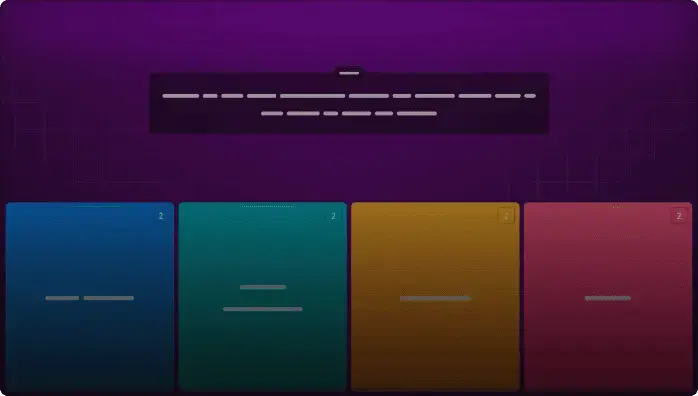
FOCUS Questions Packet #3 Quiz 3
Assessment
•
undefined undefined
•
Science
•
8th Grade
•
17 plays
•
Medium
Student preview

12 questions
Show answers
1.
Multiple Choice

Modern scientists are conducting new experiments to answer questions that were considered unanswerable only a century ago. Why are modern scientists able to investigate problems that scientists were unable to address in the past?
Scientists of today can build on previous scientific works to expand knowledge.
The universe has evolved to make new problems accessible to today’s scientists.
The average intelligence of humans has increased in the past 100 years.
Scientists have disproved most of the theories that existed 100 years ago.
2.
Multiple Choice

Many early doctors believed that diseases were caused by evil spirits. Researchers who supported the germ theory of disease were often ridiculed during these early times. Scientists had to be convinced germ theory was correct before the medical practices were stopped. Which of the following best describes what this story illustrates?
Society is to blame for medical errors.
Evil spirits correctly explained the illnesses.
Early doctors did not care about the patient.
Changes in theories come with scientific support.
3.
Multiple Choice

Early nuclear reactors required a person to shut it down if something happened. Today, newly designed nuclear plants do not need such operators. Which of the following best describes why the design has changed?
Scientists who design reactors did not use earlier designs.
Scientists who developed the first power plants did not care about safety.
Scientists working on the first power plants did not know how nuclear fission worked.
Scientists have applied what they learned from early nuclear plants to create better designs.
4.
Multiple Choice

Randy’s science teacher is giving a demonstration to show how a metal reacts with different acids. He places a small piece of the metal in each of the three beakers containing a solution of a different acid. He adds a piece of the metal to a fourth beaker that contains only water. What is the purpose of the fourth beaker?
It ensures that the hypothesis will be correct.
It provides more data to include in a lab report.
It adds an independent variable to the experiment.
It is the control and serves as the basis for comparison.
5.
Multiple Choice

Colleen waters the plants in her greenhouse once every day. She wants to find out if the plants will grow more leaves if they are watered more often. She counts the number of leaves on each plant before she starts. She then continues to water half of each type of plant once daily, but she waters the other half of each type twice a day. What is the dependent variable in Colleen’s experiment?
The type of plant being grown.
The number of leaves the plants grow.
The amount of light the plants receive.
The number of times the plants are watered.
Explore all questions with a free account
Find a similar activity
Create activity tailored to your needs using
.svg)

8.10C Oceans and Weather
•
8th Grade

Bell work 1 - 15
•
6th - 8th Grade

FOCUS Questions Packet #3 Quiz 2
•
8th Grade

Climate Change Task Cards
•
8th Grade

8.10
•
8th Grade - University

Oceans and Weather STAAR Questions
•
8th Grade

Earth Systems Study Guide
•
6th - 8th Grade

Bell work 1-15
•
6th - 8th Grade